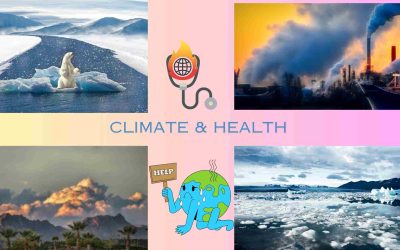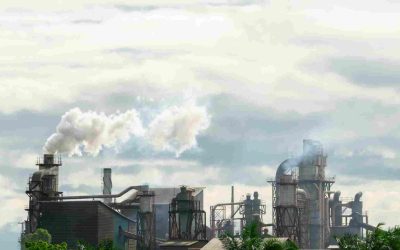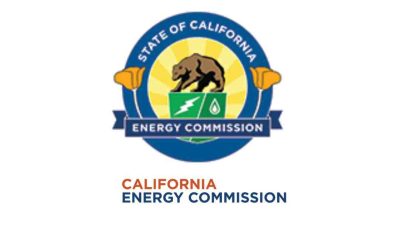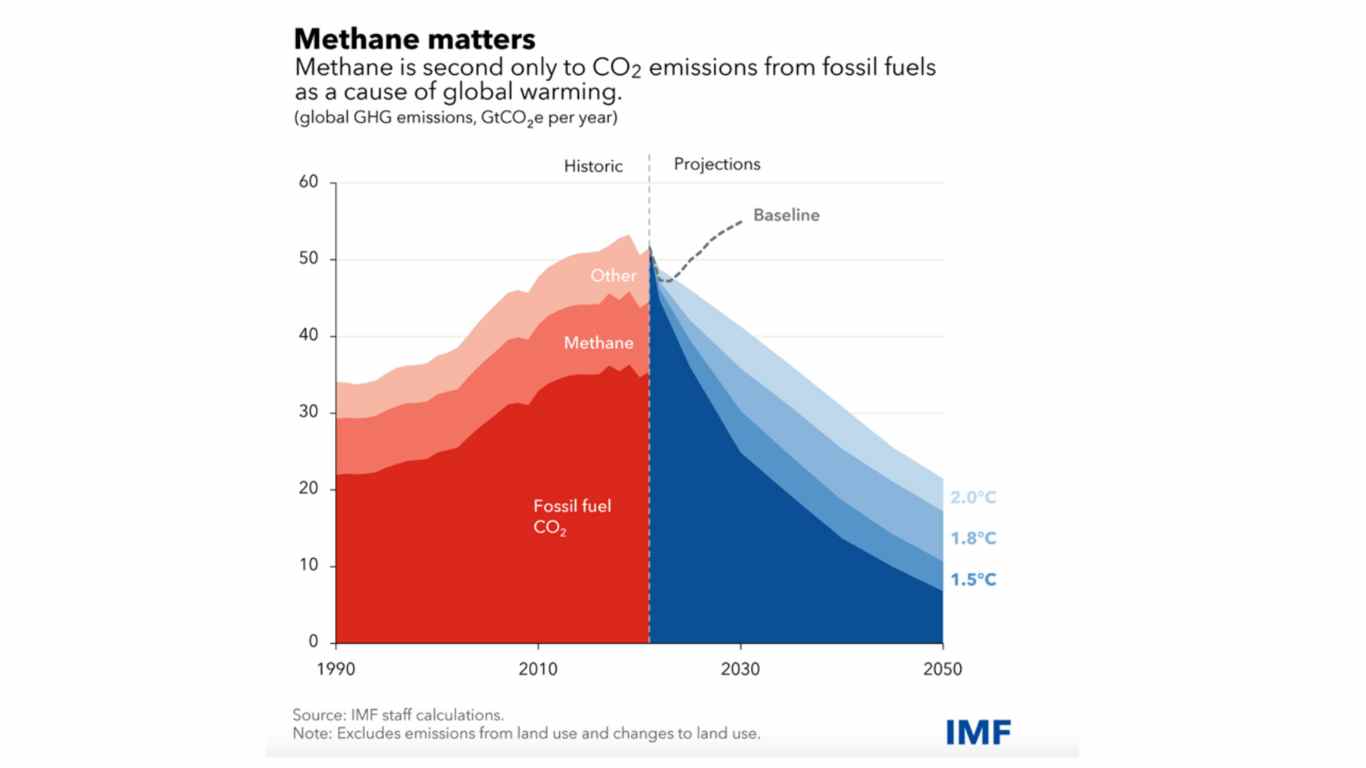
Image Credit IMF.org International Monetary Fund (IMF). (2022, November 2). Methane Emissions Must Fall for World to Hit Temperature Targets. IMF Article.
The Methane and Climate Change Connection: The Silent Menace
Methane is often called the “silent menace” in the context of climate change, and for a good reason. While carbon dioxide (CO2) is the most discussed greenhouse gas due to its prevalence and long-lasting effects, methane (CH4) is a potent but often underestimated contributor to global warming. Understanding the role of methane in climate change is essential because it highlights another urgent aspect of the climate crisis.
Methane: A Potent Greenhouse Gas
Methane is a hydrocarbon, composed of one carbon atom and four hydrogen atoms (CH4). It’s the primary component of natural gas and is released into the atmosphere through both natural processes and human activities. Methane is a potent greenhouse gas, capable of trapping heat in the Earth’s atmosphere. In fact, over a 20-year period, methane is estimated to be up to 84 times more effective at trapping heat than carbon dioxide, making it a potent driver of global warming during this shorter time frame.
Sources of Methane Emissions
Methane emissions come from various sources:
- Natural Sources: Wetlands, rice paddies, and termites are natural sources of methane emissions. These emissions have occurred for millions of years and are part of the Earth’s natural carbon cycle.
- Human Activities: The majority of methane emissions are associated with human activities, with the energy and agriculture sectors being significant contributors. Key sources include:
- Fossil Fuel Production: The extraction, processing, and transportation of natural gas and oil release methane. Methane leaks from oil and natural gas infrastructure, such as wellheads and pipelines.
- Agriculture: Livestock digestion and manure management in the agriculture sector are major sources of methane emissions. Additionally, the cultivation of rice paddies, which require flooded fields, can produce significant methane.
- Landfills: Decomposing organic waste in landfills generates methane emissions.
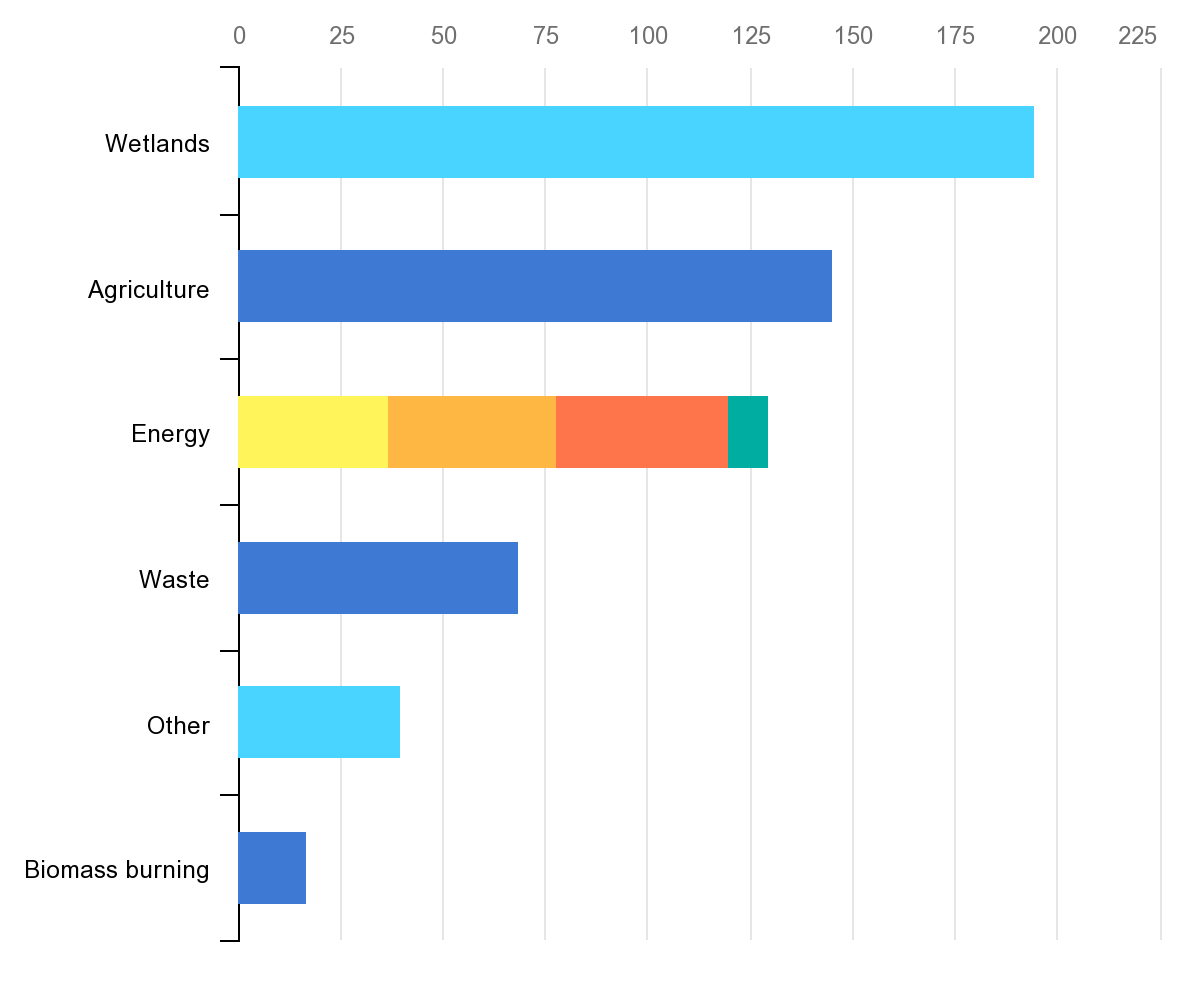
Sources of Methane Emissions
Chart credit: International Energy Agency (IEA). Sources of Methane Emissions. IEA Data and Statistics.
The Methane Feedback Loop
One of the concerning aspects of methane is its potential to create feedback loops that exacerbate global warming. As the Earth’s temperature rises, some of the consequences can lead to increased methane emissions. For example:
- Thawing Permafrost: In the Arctic, permafrost contains vast amounts of organic material. As the permafrost thaws due to rising temperatures, this organic material decomposes, releasing methane. This thawing permafrost can become a self-reinforcing cycle, where methane release further accelerates global warming.
- Methane Hydrates: There are enormous deposits of methane hydrates (a form of methane trapped in ice) on the ocean floor. Warming oceans can destabilize these deposits, releasing large amounts of methane into the atmosphere.
The Urgency of Addressing Methane Emissions
Given the significant warming potential of methane and its ability to exacerbate climate change, addressing methane emissions is crucial for mitigating global warming. Fortunately, there are measures that can be taken to reduce these emissions:
- Leak Detection and Repair: In the oil and gas sector, identifying and fixing methane leaks from infrastructure can substantially reduce emissions.
- Improved Livestock Management: Livestock emissions can be reduced through improved feeding practices and waste management.
- Renewable Energy Transition: Shifting from fossil fuels to renewable energy sources can reduce methane emissions associated with fossil fuel production.
- Methane Capture: In landfills, methane can be captured and used as an energy source, mitigating emissions.
Addressing methane emissions is a key component of global efforts to combat climate change. Recognizing the role of this “silent menace” is essential in our quest to limit global warming and protect the environment for future generations.
Resources
- Environmental Protection Agency (EPA): The EPA provides extensive information on methane emissions, sources, and their impact on climate change. Visit the EPA’s website for detailed resources: EPA Methane.
- Intergovernmental Panel on Climate Change (IPCC): The IPCC regularly publishes reports on the state of climate science. You can find valuable information on methane and its role in climate change in their reports: IPCC Reports.
- National Aeronautics and Space Administration (NASA): NASA conducts research on methane and its role in the Earth’s climate system. Their website offers informative articles, reports, and data related to methane: NASA’s Methane Research.
- Environmental Defense Fund (EDF): EDF is an organization dedicated to addressing environmental issues, including methane emissions. They provide insights, research, and policy recommendations related to methane: EDF Methane Resources.
- World Resources Institute (WRI): WRI focuses on research and solutions for environmental challenges. They offer reports and articles on methane emissions and strategies for mitigation: WRI Methane.


